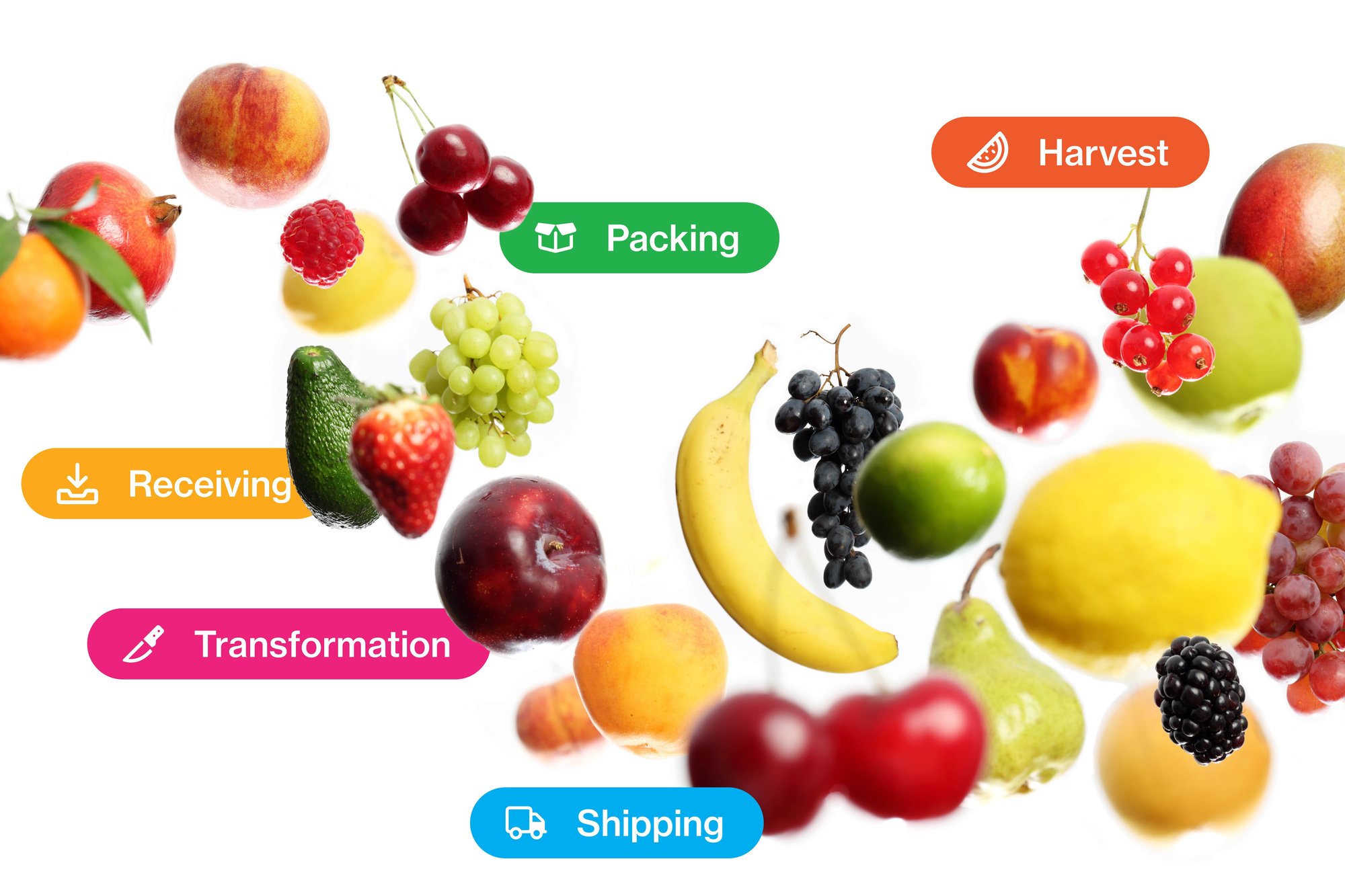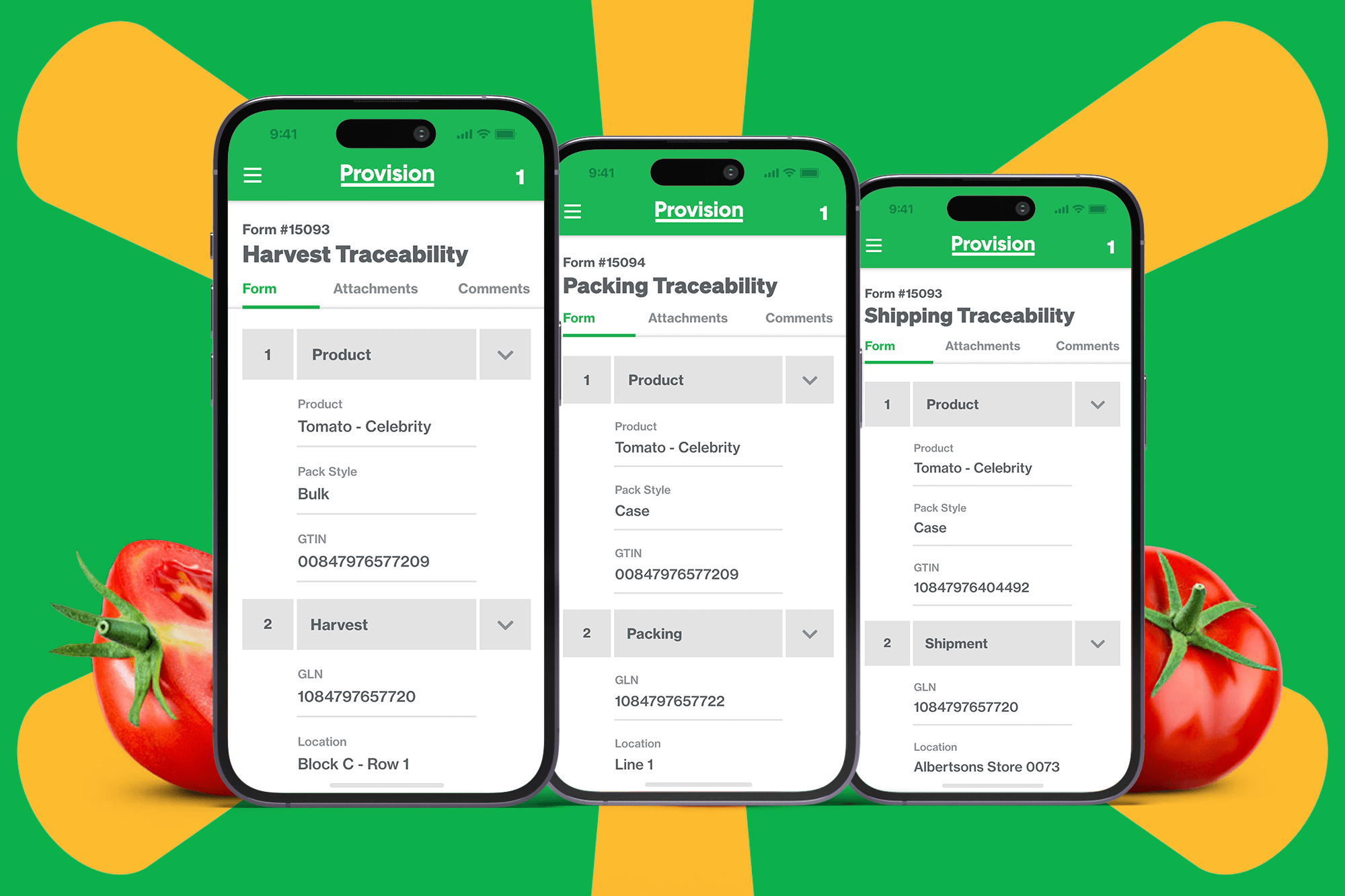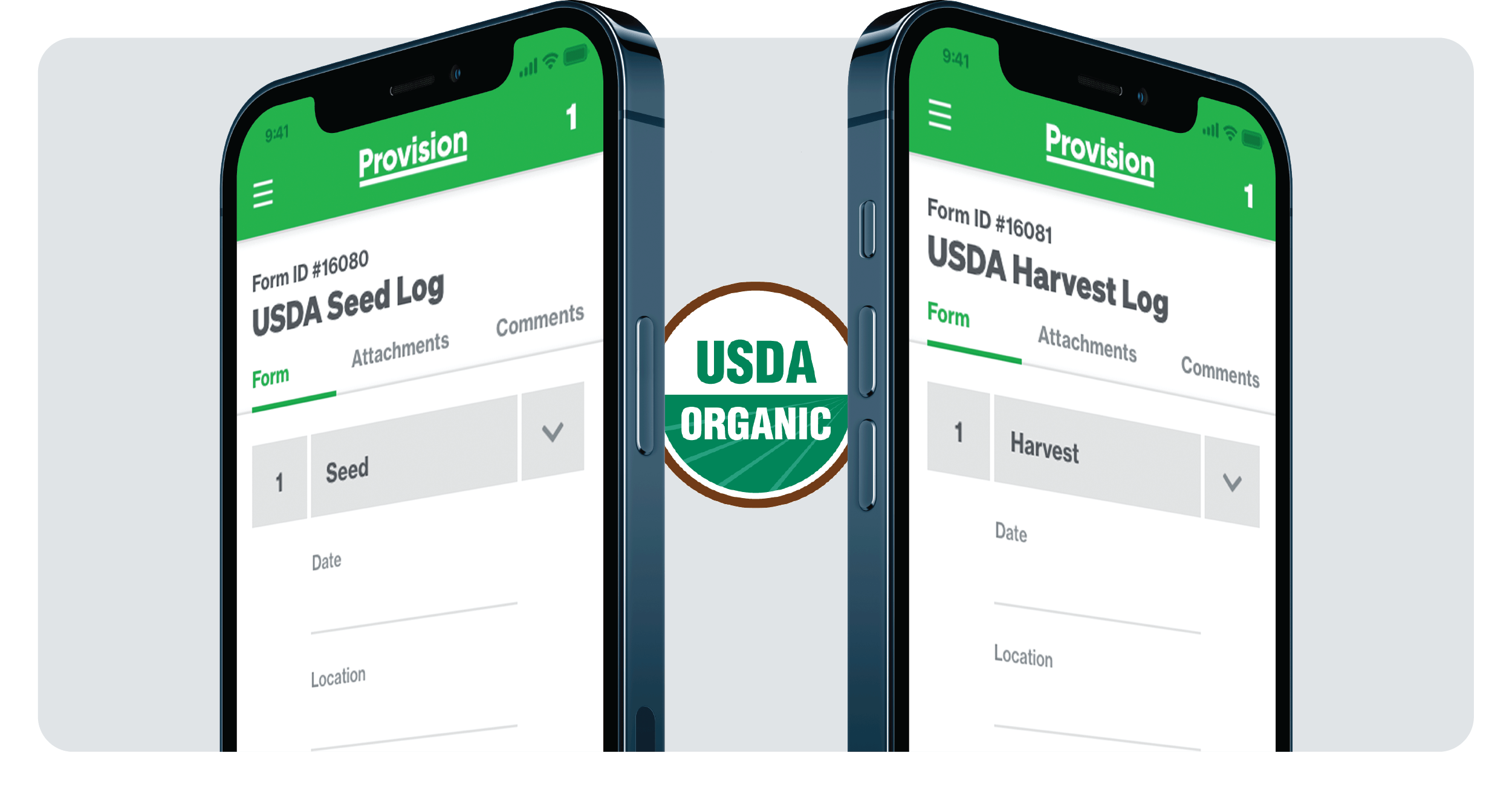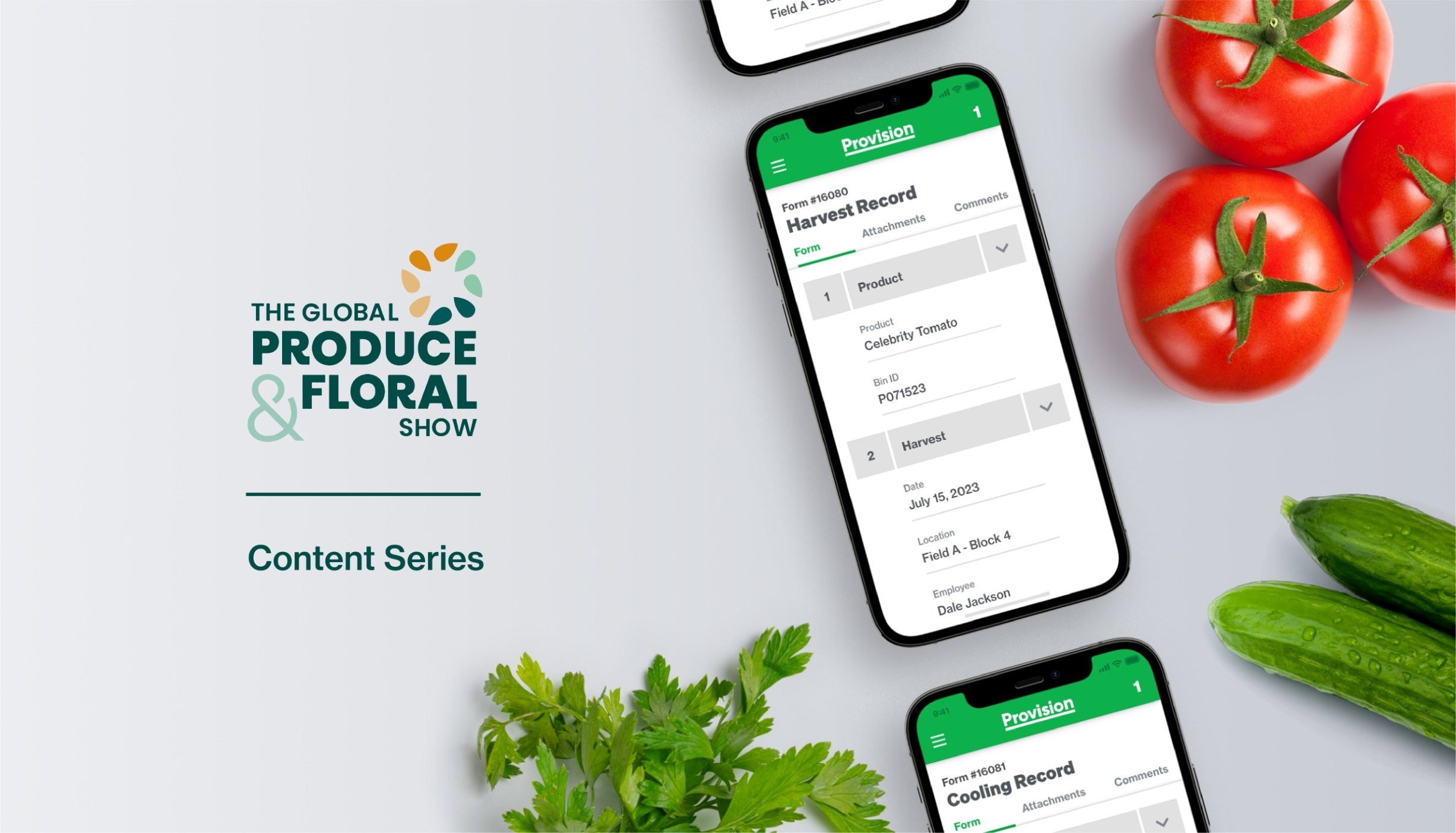The January 2026 compliance date of FSMA 204 may be just over a year away, but decisions and moves are still being made across the food industry. In December 2023, Kroger announced that they would universally require traceability equivalent to FSMA 204 for all food products, including those not on the FDA’s Food Traceability List (FTL).
Now, North American retail giant Walmart has chosen to follow suit.
With a network of over 11,000 stores and distribution centers worldwide, Walmart’s move is sure to make waves throughout every corner of the food industry. But what are the essentials of their newly-announced requirements that need to be taken into account?

Walmart will require suppliers to transmit traceability data before every product shipment. This data transfer must include a number of Key Data Elements ("KDEs") within specific records, called Critical Tracking Events ("CTEs"):
-
Lot and batch numbers
-
Production and expiration dates
-
Gross and net weight
-
Shipping and receiving location
For a full, detailed overview of the data elements required broken down by Application Identifier, Pallet, and Case, click here.
Walmart will allow two methods for suppliers to transmit this traceability data:
-
Advance Shipping Notices (ASN) sent via Electronic Data Interchange (EDI)
-
Electronic Product Code Information Services (EPCIS) sent via Application Programming Interface (API)
To match the FDA’s FSMA 204 compliance deadline, Walmart will require suppliers to meet its new traceability requirements prior to January 20, 2026. Walmart will start by monitoring the compliance of products listed on the FDA’s Food Traceability List.
Challenges Faced by Walmart Suppliers
Walmart’s new traceability requirements will require suppliers to capture, structure, and share new data on every product. For many, this will prompt not just new software, but new business processes. It’s critical for the supply chain to approach this with a keen eye on efficiency and scalability.
-
1.
Capturing Traceability Data
While it may be easy to capture any one data point, it will be challenging for many companies to network their data and records together without overburdening their non-technical operators. ERPs may already contain a share of the requirements – but are they usable enough on the floor? When considering how to best capture data for Walmart, here are helpful questions to ask:
Does my solution...
-
Generate clear reminders and track completion to prevent missed CTEs?
-
Catch incomplete and non-compliant submissions?
-
Work flexibly across languages for ESL operators?
-
Automatically connect my CTEs together in a traceable sequence?
-
Automatically populate recipes or bills-of-materials (BOMs) for transformation?
-
2.
Structuring Traceability Data
With data captured, keeping it all organized and meaningful becomes the next issue at hand. Structure is required to ensure data can easily be searched, summarized, and exported on tight turnaround times. But beyond compliance, structured data can be used to ensure efficiency for operators, avoiding tedious writing and typing when quick menu taps do the trick. When considering how to best structure data for Walmart, here are helpful questions to ask:
Does my solution...
-
Look up to a structured repository of my suppliers and products?
-
Work with scanners to easily ingest GTINs and other structured data?
-
Have the ability to generate TLCs using contextual data?
-
Easily populate addresses or GLNs for locations shown in native language?
-
3.
Sharing Traceability Data
While many operations are used to capturing their own data for food safety compliance, new to these traceability requirements is the imperative to share data regularly with Walmart and customers in their supply chain. When considering how to best capture data for Walmart, here are helpful questions to ask:
Does my solution...
-
Have an open and documented API to share data with other platforms?
-
Enable one-click export of a sortable spreadsheet?

Pushing Ahead: Using Digital Tools to Ensure Market Access
There are many solutions that could play a role in achieving Walmart compliance. For some suppliers, retooling their ERP or WMS will be the right decision. At Provision, we believe that usability is paramount. Data out is only as good as data in, and operator adoption is the lynchpin most often overlooked when assessing platforms with impressive features. If software built for other purposes becomes at all clunky when repurposed for traceability, it’s best to consider new, compatible solutions.
Provision is intended for those who want lightweight, intuitive records that are native to traceability and food safety compliance. The average client reports 56% time savings in data entry. We’re partnered with FDA Traceability Challenge winner Kezzler, who specialize in connecting data across platforms and supply chains. To this end, one tool doesn’t need to solve all problems. Data captured and structured in Provision can be shared endlessly into ERPs, WMSs, and any other platforms in a client’s ecosystem.
With these integrated solutions, many clients are harmonizing operator requirements on the floor with management demands in the office – making them ready for Walmart and any new compliance challenges that will come their way.






